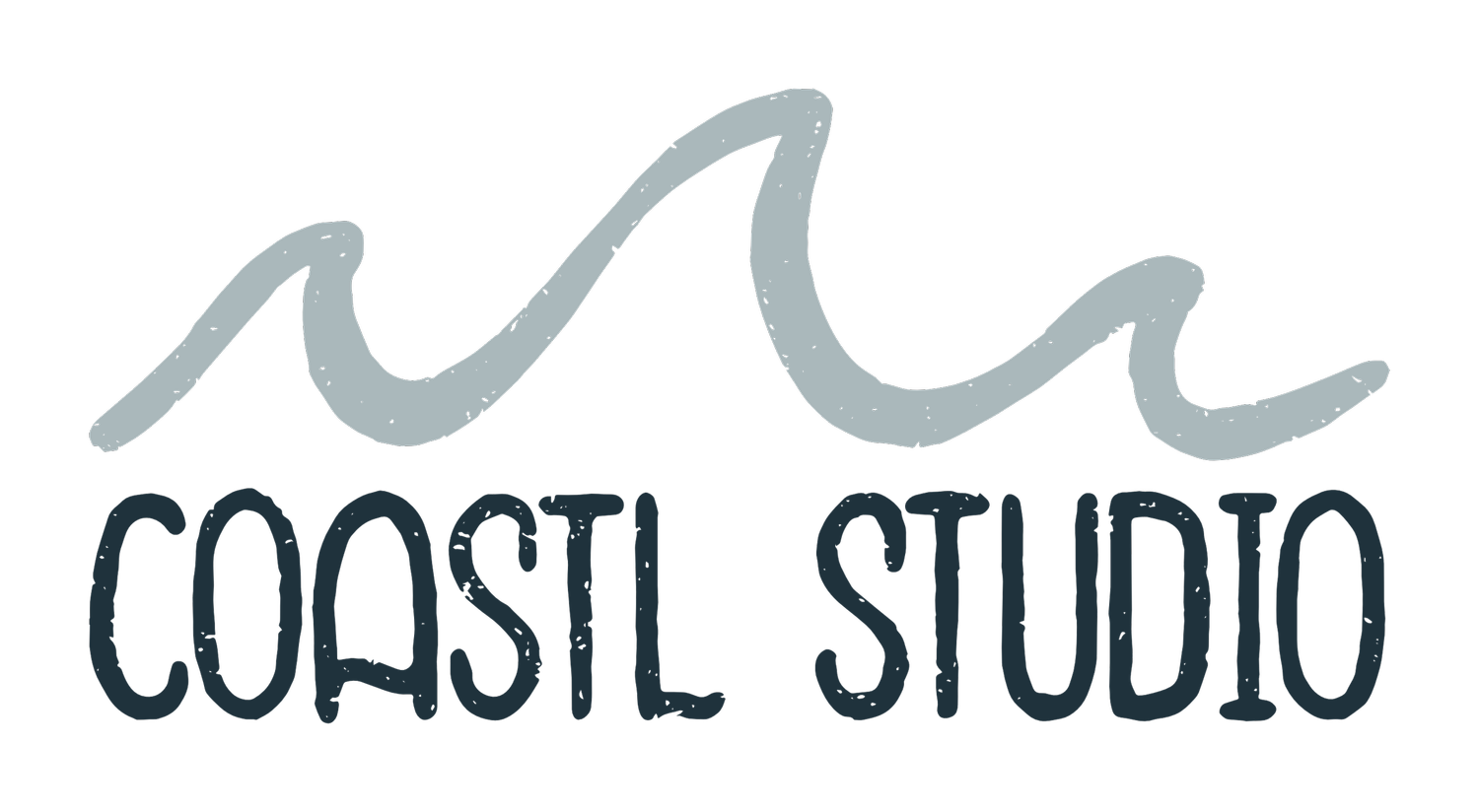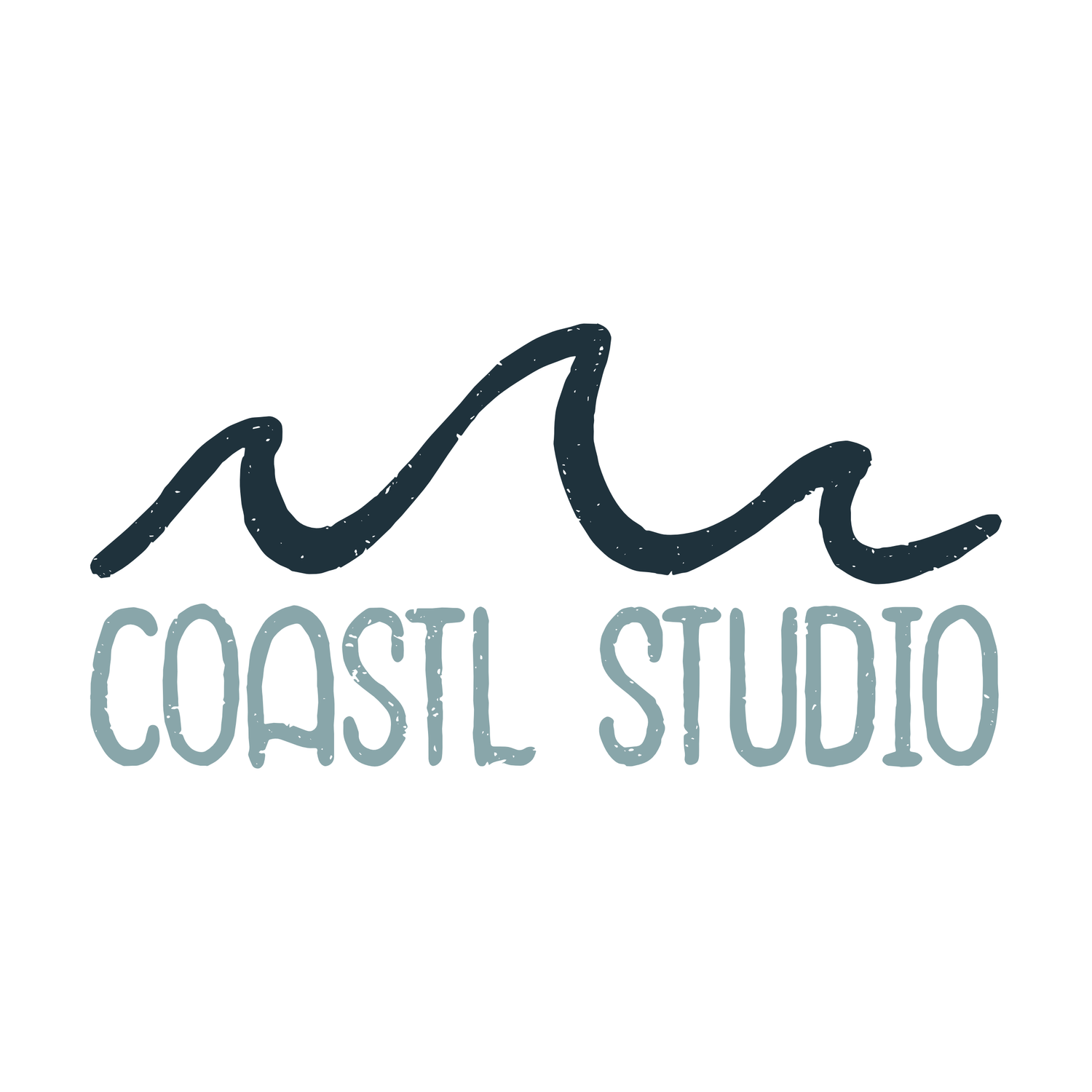How Businesses Can Get Started Licensing Art… and make more money!
Obviously, as an artist, I am a huge believer in Art Licensing. But today I’m putting my marketing professional hat on to talk a little about the benefits of Art Licensing as well as how businesses can get started working with me (or other artists) to license art for products!
There are several benefits to licensing art for your products that I’ll touch on quickly - just in case you’re on the fence!
Working with an artists saves you time. If design isn’t your zone of genius, working with an artist means you’ll have less on your to do list.
Expand your offerings (seasonally or annually). Whether you want to expand the style of art on your products or want to offer seasonal items featuring patterns or prints, licensing can help you expand your product offerings.
Licensing can save you money. Rather than hiring a designer, you can license art (we’ll get to types of licenses in a bit) for a lower rate. Additionally, if you choose to pay on royalties means that you don’t pay out until products are sold, taking cash flow concerns out of the equation!
Create buzz for your business. Sharing new products and artist collaborations are a great way to garner attention from press and customers alike. According to Collabosaurus, brand collaborations are up to 25x less expensive than digital advertising. Licensing is like a collaboration in many ways, and sharing new products and artist collaborations are a great way to garner attention from press and customers alike. And that’s how you’ll not only save money, but also make more money!
How Licensing Works
Licensing is like renting art for your business (although, you can also buy art outright). When you work with an artist on a license for a piece or collection, you’ll come to an agreement on what the parameters of the license are - whether the “rental” is exclusive to you or available in other categories. In these agreements, the artist holds the copyright to the work but your contract allows you to use the art for a defined amount of time. Generally, the more restriction on whether others can use the art, the more expensive the license. I break my licenses out in to the following categories: non-exclusive, category exclusive, exclusive, and buy out.
Non-exclusive: You can use the art on any products, but so can others. Personally, I will disclose any existing licenses so you can judge if it’s right for you.
Category-exclusive: You can use the art for a defined product category, and no one else can license the art in that category. Other companies can license the art in other categories (for example, if you have an exclusive license for stationery, someone else can license the art for home decor)
Exclusive: You are the only one allowed to use the art for the specific amount of time in the contract. Once your contract is up, the artist can license the art again.
Buy Out: This one isn’t technically a license. In this arrangement, the copyright transfers to you and is yours forever.
You can read more about how I structure these licenses, at my Get Started page. Working with artists who have done some art licensing before (hi!) means that the artist can help you sort things out a bit (and make it easier for you)!
When you’re working on your agreement, be sure to include any opportunities for promotion - how you and the artist want to frame your agreement (for example, using the phrase “Artist Collection” or another phrase). Most artists are happy to help share your products once they’re for sale, but it’s always better to define roles up front! (We’ll get back to promotions!)
Let’s Talk Money
If you’re wondering “but how much does it cost”? That’s a fair question. Pricing on art licensing can be a challenge because it can be nuanced, depending on exclusivity, time, and products. I set up my licensing rates by working of royalties on sales, using the Graphic Artist Guild Handbook as a guide for a percentage by category (for example, 4-5% on wallpaper is standard) with minimums based on exclusivity. Percentages can be negotiated if you’re producing enough units to be well above the minimum, or if you’re in love with a print but won’t meet the minimum, we can sign a license at the minimum as a single cost.
As I mentioned earlier, royalties can be paid on a rolling basis (usually quarterly) or up front on a production run. Here’s how they work:
Quarterly pay outs: the business is responsible for tracking sales made and reporting those sales to the artist along with paying the percentage of the sale to the artist. While this can get tricky with promotions and multiple products, it does mean you don’t have to pay for your license until you’ve made money (and can incorporate the artist fee into the price of the product)
Up front: Even if you’ve agreed to a percentage of sales but don’t want to track quarterly, you can do the math when you know how many products you're going to produce. For example, if you’re printing 1000 throw pillows you can calculate the royalty upfront (if you do this, you’re assuming that you’ll sell them all at full price). If you decide to do another production run, you can communicate to the artist and send another payment!
Back to the Fun Stuff… Promotion!
As I mentioned earlier, licensing can be framed as a collaboration (especially if you do something similar to my “Custom License” (again, on my Get Started page) You can also create promotions around seasonal offerings or “drops” of products featuring art you’ve licensed!
Beyond the usual promotion that you would do for your products, you can work with your artist partner on ways to get the word out about your products featuring their art! As I mentioned earlier, you should establish promotion plans when you do your initial agreement and contract - it keeps expectations clear and helps ensure everyone is clear on what’s expected.
Promotions definitely vary by artist, but especially if you’re paying royalties based on sales, artists have some incentive to help you sell more products! I’ve collected a few ways that I like to support businesses that license my art.
Lifestyle photography. I have several years of product photography experience, and love to take pictures of products for businesses to share… I also have a little girl who would love to model baby clothes wink wink. Most of my licensees (businesses like you) send me a sample product, making it very easy to do photography!
Graphics. *This is something I tend to only offer to custom collaborations and isn’t always common. I have shared motif files (pieces of a pattern) that brands can use for graphics, specifically for email marketing graphics announcing the collaboration. I
Behind the scenes content. I am always willing to document the creation process and create content that businesses can share when the collaboration is live, or that I can share to help promote the partnership.
Giveaways, press, and more! I love to get creative with how I work with partners. Whether it is a collaborative giveaway, support with press outreach to industry publications (I am often available for interviews - this can be especially impactful for custom collaborations), or something else.
If you’ve got more questions about licensing from artists (not just myself), feel free to drop them in the comments or fill out the contact form. I believe that a rising tide raises all ships, so even if you don’t want to license my work I’m happy to help!

